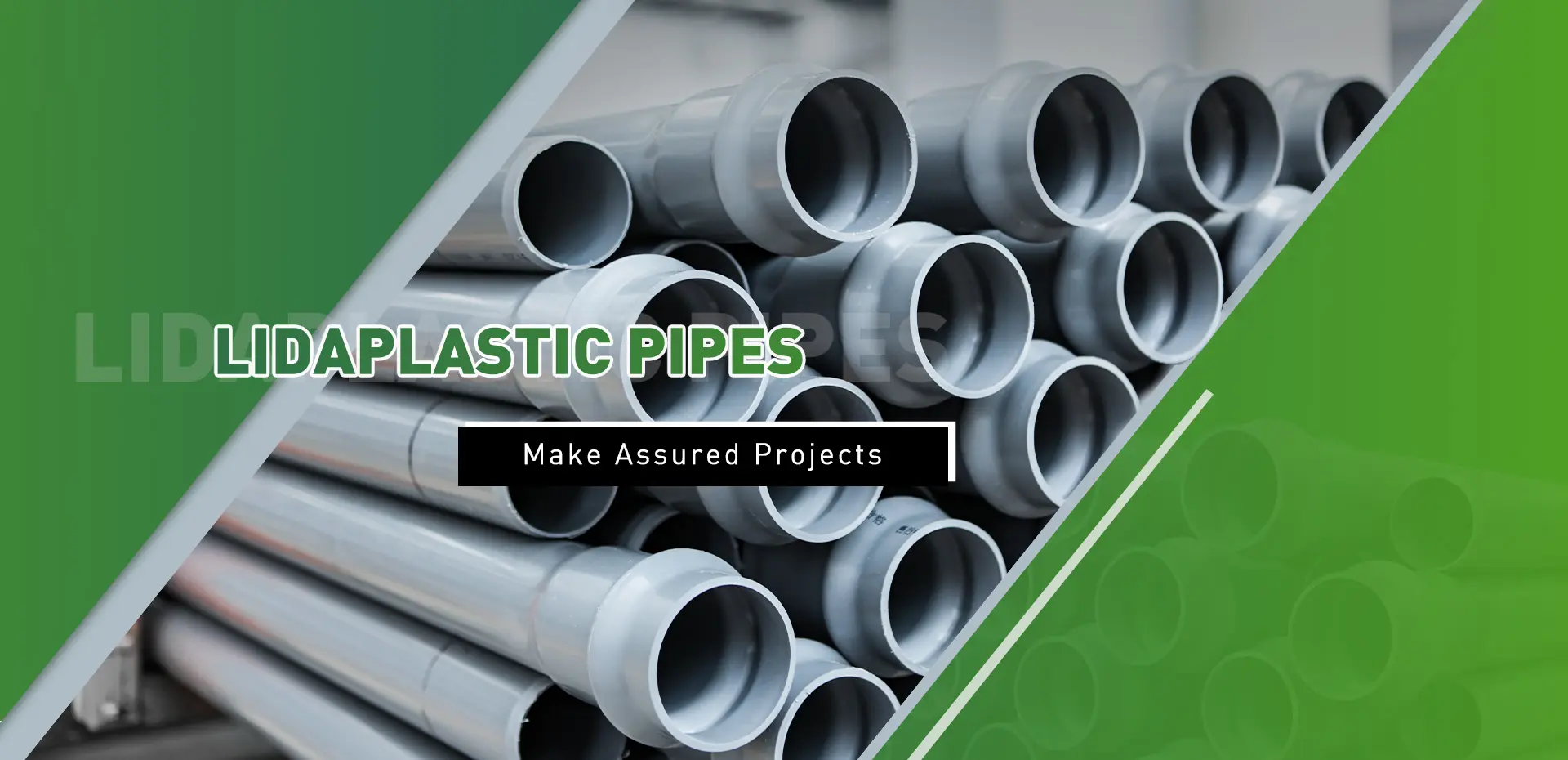Nov . 21, 2024 20:21 Back to list
pvc sheet
Understanding PVC Sheets Versatile Solutions for Various Applications
Polyvinyl chloride, commonly known as PVC, is one of the most widely used synthetic plastic polymers in the world. Among its many forms, PVC sheets are particularly popular due to their versatility, durability, and cost-effectiveness. This article explores the various aspects of PVC sheets, including their properties, applications, and advantages, providing insight into why they are a preferred choice across multiple industries.
Properties of PVC Sheets
PVC sheets are characterized by their high strength-to-weight ratio and resistance to environmental factors. They exhibit excellent durability, which means they can withstand considerable wear and tear, making them ideal for long-term applications. Furthermore, PVC sheets are resistant to moisture, chemicals, and UV light, which ensures their longevity even in harsh conditions.
One of the most remarkable features of PVC sheets is their ease of fabrication. They can be easily cut, shaped, or welded, allowing for customization based on specific project requirements. PVC sheets come in a variety of thicknesses and colors, offering aesthetic flexibility in design. Additionally, they possess good electrical insulation properties, further enhancing their application scope.
Applications of PVC Sheets
The applications of PVC sheets are vast and varied, spanning numerous sectors including construction, signage, packaging, and healthcare. In the construction industry, PVC sheets are commonly used for wall coverings, roofing membranes, and as insulation materials. Their moisture-resistant nature makes them suitable for bathrooms and kitchens, where humidity levels are typically higher.
In the signage arena, PVC sheets serve as the backbone for many types of signs, ranging from indoor displays to outdoor billboards. They are known for their ability to hold inks well, ensuring vibrant colors and sharp images that attract attention. Additionally, their lightweight nature makes them easy to transport and install.
pvc sheet

In the packaging sector, PVC sheets are often used to create protective covers and boxes for various products. Their transparency can help display products while protecting them from dust and damage. The healthcare industry also benefits significantly from PVC sheets, which are utilized in the production of medical devices, packaging for sterile products, and even as barriers in operating rooms.
Advantages of PVC Sheets
One of the primary advantages of PVC sheets is their cost-effectiveness. They offer a budget-friendly solution compared to many other materials, without compromising on quality. This makes them an attractive option for businesses looking to minimize costs while still providing durable and reliable products.
Moreover, PVC sheets are environmentally friendly as they can be recycled. Many manufacturers have adopted sustainable practices, making it possible to produce PVC sheets from recycled materials, thereby reducing waste and promoting a circular economy.
Another key advantage is the low maintenance requirement of PVC sheets. Unlike wood or metal, which may require regular painting or treatment to prevent deterioration, PVC sheets remain resilient over time with minimal upkeep. This quality is especially advantageous in commercial applications where maintenance can lead to operational downtime and increased costs.
Conclusion
In conclusion, PVC sheets are a powerful tool across various industries, thanks to their durability, versatility, and cost-effectiveness. As we continue to innovate and seek sustainable materials, the use of PVC sheets will likely expand, offering creative solutions for numerous challenges. From construction to signage and healthcare, the applications of PVC sheets demonstrate their importance in modern manufacturing and design. By understanding these properties and advantages, businesses can make informed decisions when selecting materials for their projects, ensuring success and longevity in their endeavors.
-
High-Quality PPR Pipes and Fittings Durable ERA PPR & PVC PPR Solutions
NewsJul.08,2025
-
Black HDPE Cutting Board - Durable, Non-Porous & Food Safe HDPE Plastic Cutting Board
NewsJul.08,2025
-
High-Quality CPVC Panel Durable HDPE & PVC Panels Supplier
NewsJul.08,2025
-
Double PE Welding Rod Supplier - High Strength, Durable & Versatile Welding Solutions
NewsJul.07,2025
-
High-Quality PVC-O Pipe Supplier Durable 75mm PVC Pipe & Connections Leading PVC Pipe Company
NewsJul.07,2025
-
HDPE Drainage Pipe Supplier – Durable & Corrosion-Resistant Solutions
NewsJul.06,2025

